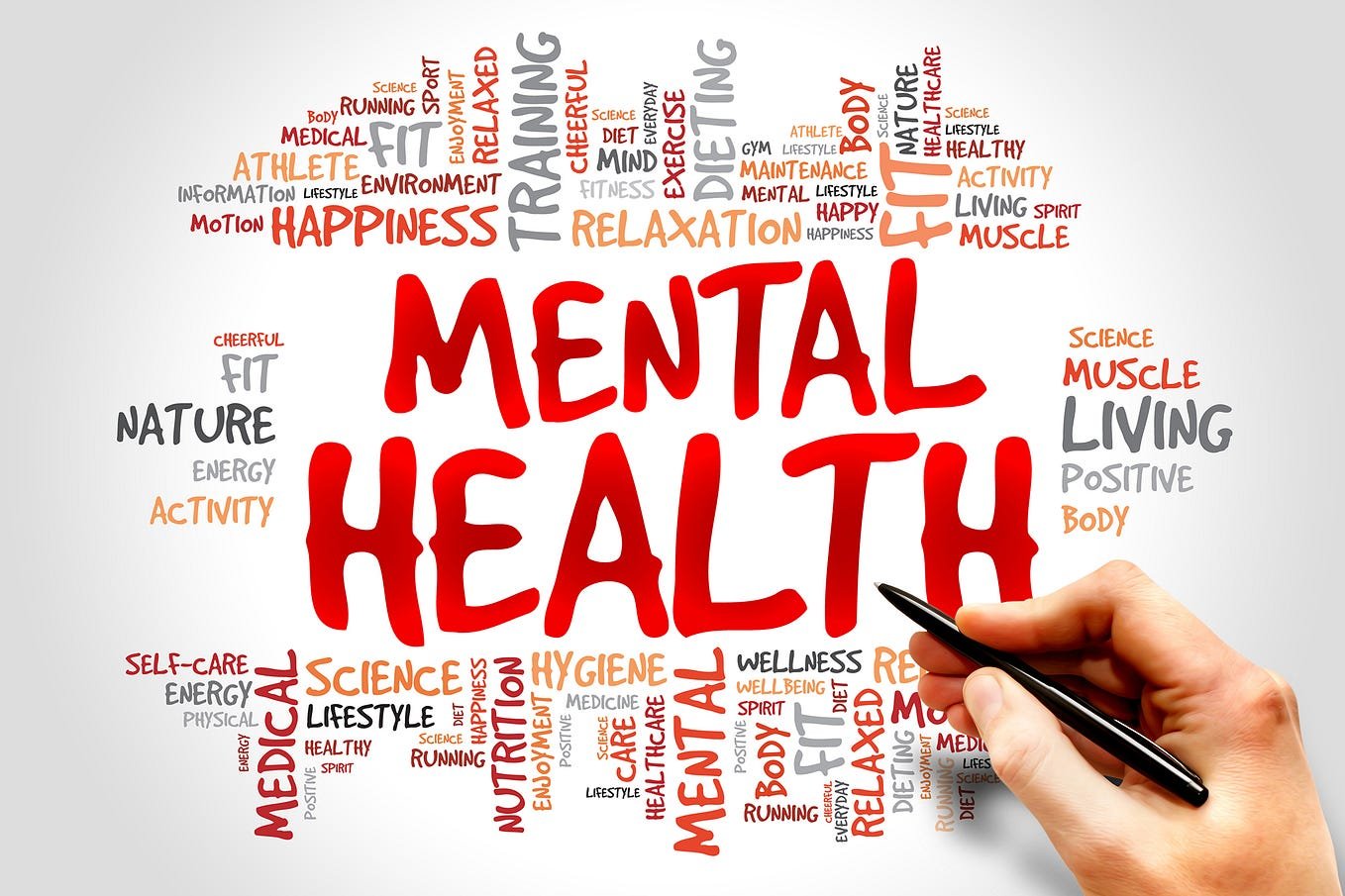In today’s fast-paced and often over-whelming world, the importance of mental health is finally getting the attention it deserves. While society once stigmatized discussions around mental illness, the narrative is shifting. At the heart of this transformation lies a powerful tool: therapy for mental health. Whether it’s dealing with anxiety, depression, trauma, or simply navigating life’s stressors, therapy offers a structured, supportive environment to foster healing and resilience.
This article explores the purpose, types, and benefits of mental health therapy, illustrating why it’s not just for those in crisis but for anyone aiming to live a healthier, more balanced life.
What is Therapy for Mental Health?
Therapy, often referred to as psychotherapy or counseling, is a collaborative process between a licensed mental health professional and a client. The goal is to help individuals recognize, confront, and manage psychological issues that hinder emotional wellbeing. It’s about more than just “talking through problems”—it’s a scientifically grounded approach that can lead to lasting change.
Therapy encompasses various modalities and methods tailored to an individual’s needs. Each form of therapy provides tools to manage symptoms, change behavioral patterns, and improve quality of life.
The Science Behind Therapy: Why It Works
Therapy is not just emotional venting—it’s backed by decades of scientific research. Functional MRI studies have shown that therapy can actually change the structure and function of the brain, particularly in areas associated with emotion regulation, memory, and self-perception.
CBT, for instance, has been found to alter neural pathways responsible for negative thinking, creating new habits of thought and behavior. This neuroplasticity is the foundation of why therapy can be so powerful—even after years of mental health challenges, change is still possible.
Additionally, the therapeutic alliance—the relationship between therapist and client—is itself a critical factor in recovery. Studies show that a strong, trusting connection with a therapist can lead to better outcomes, regardless of the specific technique used.
Why Therapy Matters: Understanding the Mental Health Crisis
Mental health conditions are on the rise globally. According to the World Health Organization (WHO), depression is the leading cause of disability worldwide, and nearly 1 in 8 people live with a mental disorder. In the United States alone, over 50 million adults experience mental illness in a given year.
Despite these staggering numbers, many suffer in silence—often due to stigma, lack of access, or misconceptions about therapy. However, seeking therapy isn’t a sign of weakness; it’s an act of strength and self-awareness.
Types of Mental Health Therapy
Understanding the different types of therapy can help individuals make informed decisions about their mental health care.
1. Cognitive Behavioral Therapy (CBT)
CBT is one of the most researched and widely used forms of therapy. It focuses on identifying and changing negative thought patterns and behaviors. Effective for anxiety, depression, OCD, and PTSD, CBT equips clients with practical skills to cope with life’s challenges.
2. Dialectical Behavior Therapy (DBT)
A modified version of CBT, DBT is often used for individuals with borderline personality disorder, self-harming behaviors, and emotional dysregulation. It emphasizes mindfulness, emotional regulation, and distress tolerance.
3. Psychodynamic Therapy
Rooted in Freudian psychology, this therapy explores unconscious patterns, childhood experiences, and emotional conflicts. It helps individuals gain insight into how past experiences shape present behavior.
4. Humanistic Therapy
Humanistic approaches like person-centered therapy focus on personal growth, self-acceptance, and self-actualization. The therapist provides a non-judgmental, empathetic space for exploration.
5. Interpersonal Therapy (IPT)
This time-limited therapy emphasizes improving interpersonal relationships and communication patterns. It is especially effective for treating depression and social anxiety.
6. Family and Couples Therapy
These forms of therapy involve multiple participants and focus on improving communication, understanding, and resolving conflicts in familial or romantic relationships.
Who Should Consider Therapy?
Therapy is not just for individuals facing severe mental illness. In reality, it benefits anyone who wants to:
-
Improve self-esteem
-
Cope with stress or grief
-
Heal from trauma
-
Navigate major life transitions
-
Enhance relationships
-
Manage anxiety or depression
Even those who feel “fine” can benefit from preventative mental health care, just like regular physical check-ups.
The Benefits of Therapy
Therapy offers profound, lasting benefits for mental wellness:
1. Improved Emotional Regulation
Therapy helps individuals identify triggers and learn coping strategies to manage emotions more effectively.
2. Greater Self-Awareness
Many clients report increased understanding of their own thought processes and behaviors—leading to better decision-making and personal growth.
3. Enhanced Relationships
By exploring communication styles, boundaries, and emotional needs, therapy strengthens relationships with others.
4. Reduction in Symptoms
Consistent therapy can lead to a significant decrease in symptoms of depression, anxiety, PTSD, and other mental health conditions.
5. Better Coping Skills
Through therapy, individuals build healthy coping mechanisms for dealing with life’s challenges, reducing reliance on harmful behaviors like substance abuse.
Breaking the Stigma Around Mental Health Therapy
One of the most significant barriers to seeking therapy is stigma. Many fear being labeled as “crazy” or “weak.” This mindset is not only outdated but dangerous, as it prevents people from seeking potentially life-saving support.
Thankfully, high-profile figures—from athletes to celebrities—have begun openly discussing their mental health journeys, helping normalize therapy and encourage others to prioritize their wellbeing.
How to Get Started With Therapy
1. Identify Your Needs
Start by asking yourself what you hope to gain from therapy. Are you looking for emotional support? Coping tools? Clarity?
2. Choose the Right Therapist
It’s essential to find a therapist who makes you feel safe and understood. Consider factors like their area of expertise, therapeutic style, and credentials.
Websites like Psychology Today, TherapyDen, or local directories can help you narrow down options.
3. Explore Insurance or Low-Cost Options
Mental health therapy can be expensive, but many therapists offer sliding scale fees. Additionally, online therapy platforms like BetterHelp and Talkspace provide affordable, accessible options.
Online Therapy: The New Frontier
Digital technology has revolutionized mental health care. With the rise of teletherapy, more people can now access licensed therapists from the comfort of their home. Online therapy platforms are especially beneficial for:
-
People in rural or underserved areas
-
Those with mobility issues
-
Individuals with busy schedules
Studies have shown that online therapy can be just as effective as in-person sessions for many conditions, including depression and anxiety.
Therapy Is a Journey, Not a Quick Fix
Mental health therapy isn’t a magic cure—it’s a journey. Like physical health, maintaining mental wellness takes commitment, consistency, and self-compassion. Progress can be gradual, with ups and downs, but the long-term benefits are immeasurable.
Final Thoughts from Dr. Zaar
Therapy is one of the most powerful tools available for improving mental health. It offers a space for growth, healing, and empowerment. Whether you’re facing deep-rooted trauma or just feeling overwhelmed, therapy provides guidance and support to help you navigate life’s complexities.
There’s no shame in seeking help—only courage.
If you Learn more about Therapy for Mental Health, Please visit the drzaar.com



